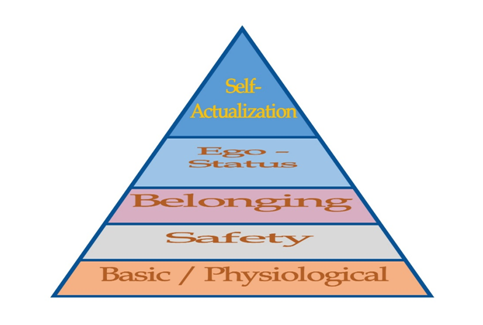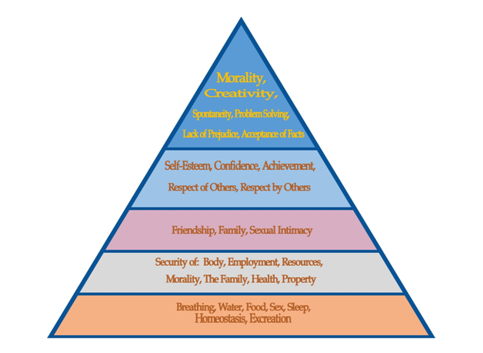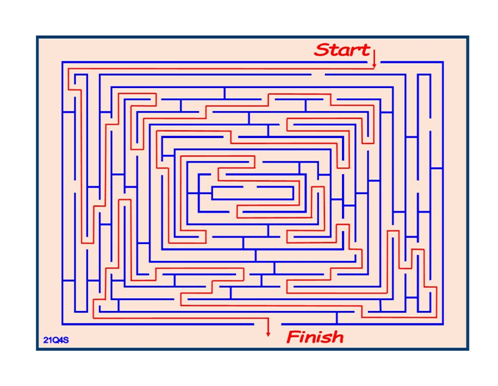Manageria
» July 2025
» Jan 2025
» July 2024
» Jan 2024
» July 2023
» Jan 2023
» Oct 2022
» July 2022
» Apr 2022
» Jan 2022
» Oct 2021
» July 2021
» Apr 2021
» Jan 2021
» Oct 2020


Add To What You Know
Prepared by: "Optimanage.com"
Maslow’s Theory: Hierarchy of Needs (1)(2)
His name is Abraham Harold Maslow. He was born on April 01, 1908 and died on June 08, 1970. Maslow was born in Brooklyn, New York City, New York, USA to Ukrainian immigrant parents. His Alma Mater is the University of Wisconsin - Madison. Maslow was a psychology professor and stressed on the positive qualities in people. He is an American psychologist, and he is considered as the 10th most cited psychologist of the last (20th) century. This rank was given to him by a Review of General Psychology survey published in 2002.Maslow is known for his theory of a person’s Hierarchy of Needs. This theory is represented by a pyramid as shown in Figure - 1.

Figure -1
In Figure -1; the lowest level (level – 1) represents the most basic of a person’s needs. The highest level (level – 5) represents the most mature of a person’s needs.
Figure - 2 details the elements of each of the corresponding levels shown in Figure -1. In other word, level -1 (the lowest level) which is called "Basic / Physiological" has as elements the following: breathing, water, food, etc. The top level that represents the most mature of a person’s needs and is called "Self-Actualization" has as elements: morality, creativity, spontaneity, etc.

Figure -2
Maslow proposed that there is a natural trend that people will follow when they become aware of their various needs. People are expected to be motivated by their needs. They will put the effort to meet these needs. People will work to satisfy their need. They will start at the base of the pyramid, shown in figures 1 and 2, with the basics; basic-physiological needs. Then people will feel mature enough to work to satisfy the higher needs found in level two. This level deals with safety and security needs. Once met people become more mature and are motivated to tackle and satisfy the needs found in the third level in the pyramid. The needs are concerned with belonging, like friendship and family. Then comes satisfying the needs found in level four. These are the needs concerning ego-status. Needs like self-esteem, confidence, respect, and achievements. Now it is the top of the pyramid (level 5) with the need of individuals for self-actualization. This is the most mature of needs that are at hand. This top-level collection of needs include morality, creativity, problem-solving, and acceptance of facts.
It is the mature person who will identify the needs and be willing to put the effort to satisfy them. It is that person who will climb the ladder to reach the top of the pyramid and reach his or her goals, both personally and professionally.
References:
(1) Patrick J. Montana and Bruce H. Charnov, "Management", Business Review Books, Fourth Edition, Baron’s (2008), p: 238, 239.
(2) https://en.wikipedia.org/wiki/Abraham_Maslow





